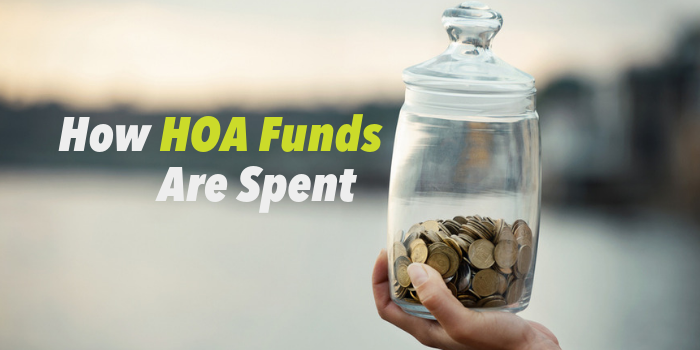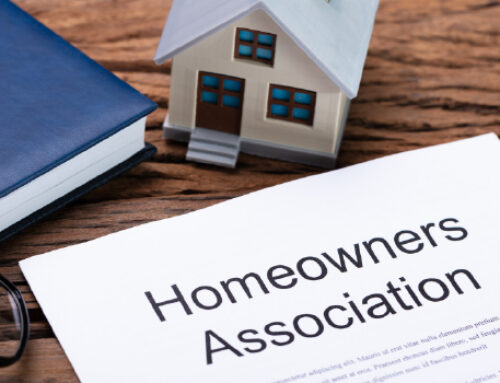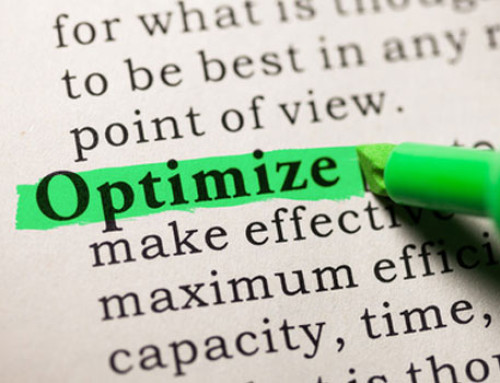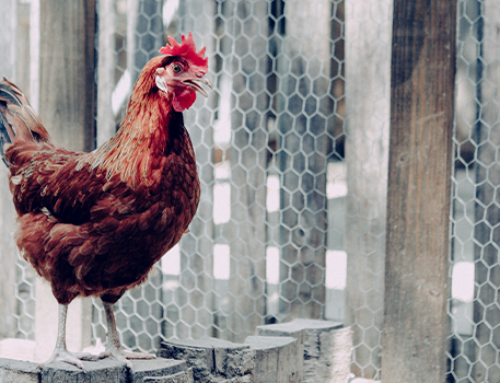Homeowners may not always understand how HOA funds are spent. Often, they pay their monthly, quarterly, or annual assessments, and when they look around, they don’t see any noticeable improvements in the community. This lack of obvious upgrades leads to frustration and confusion . . . and maybe even some suspicion. After all, where is the money going if there are so many homes in the community and no obvious improvements?
To remedy this lack of communication, encourage homeowners to pay special attention to board meetings (where the annual budget is discussed and ratified) and annual meetings. By attending these two meetings, homeowners can more easily get the explanations they need concerning where and how funds in the HOA are distributed and why those funds are going to specific budget categories.
If you, like many boards, choose to hold a special meeting by teleconference to approve the budget, homeowners can dial in and listen to the discussion from wherever is most convenient for them. While the annual meeting may not be as convenient to attend, it provides homeowners with a more comprehensive breakdown of the HOA budget and also gives homeowners the opportunity to ask questions.
At either of these meetings, consider presenting your homeowners with a general overview of how the HOA typically spends its funds:
Landscape upkeep will almost always be the largest single line-item cost in an association’s budget.
From watering greenery and cutting grass to trimming trees and shrubbery, this substantial cost is a necessary expense for a well-maintained community.
General maintenance is the second-highest cost in a homeowners association’s budget.
Pest control, sign maintenance, holiday decorating, fence maintenance, and irrigation repairs are all costs that must be regularly addressed in order to maintain and uphold the aesthetic of a community.
Amenity service represents another large portion of an association’s budget.
If you live in an association with amenities, your association must pay for the utilities and general maintenance of those facilities. If your HOA has amenities that residents use often, such as the association’s pool, then boards must make necessary repairs to damages incurred by heavy use virtually every year, in addition to regular cleanings and the mandatory inspections that prove the facilities are safe for continued use.
Insurance and savings are often the fourth largest portion of the budget.
This is also the portion of the budget that is most likely to be underfunded. Providing for future unexpected costs is usually an area associations skimp on, which could result in long-term financial setbacks.
Explain to homeowners that the above categories are all items that associations must cover before boards can organize anything else— whether it be road improvements, amenity upgrades, or association-funded community events. Unfortunately, these costs are often invisible, and homeowners don’t always realize how much of their association dues are applied to expenses like these.
By explaining how assessments cover the various necessary costs of an association, you can put homeowners’ minds at ease. No one likes to give away hard-earned money without getting something in return. Assure homeowners that, while they may not see tangible improvements, their assessments are being used to maintain the aesthetic of their community and ensure that they enjoy living in their HOA for years to come.








Hello – interesting results. In the data we gather from our client associations (we are in the business of preparing Reserve Studies), we find that 15-40% of their total assessment needs to be set aside towards Reserves in order to offset deterioration and provide for the upcoming needs of the association. This is not a high guess. We are not lining our pockets with this money. We are just reporting that associations that don’t do so end up having special assessments from under-reserving. It is their money they need to set aside to offset the ongoing cost of deterioration, in order to have sufficient funds to pay for their own roofing, asphalt, carpeting, entry gate systems, etc. when those projects require expensive repairs or replacements.
So if Reserve contributions are not one of an association’s top budget line items, they are likely fooling themselves and sooner or later are dooming themselves for a special assessment
Thanks to Spectrum A.M. for the improvements they have made over the former management group, particularly the mandatory low-limb cutting and pruning of trees and bushes in homeowners’ yards, community garage sales implemented, etc. The Association might want to send notice reminders to those homeowners with damaged and/or missing fence boards visible to drive-byers and residue garbage and old newspapers being left in driveways for periods of time. We all see the considerable improvement of this Association to the former one, who essentially invisibly existed for us all.